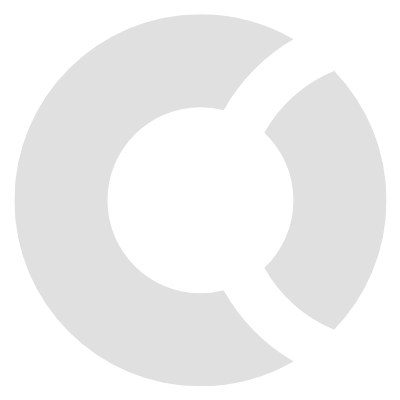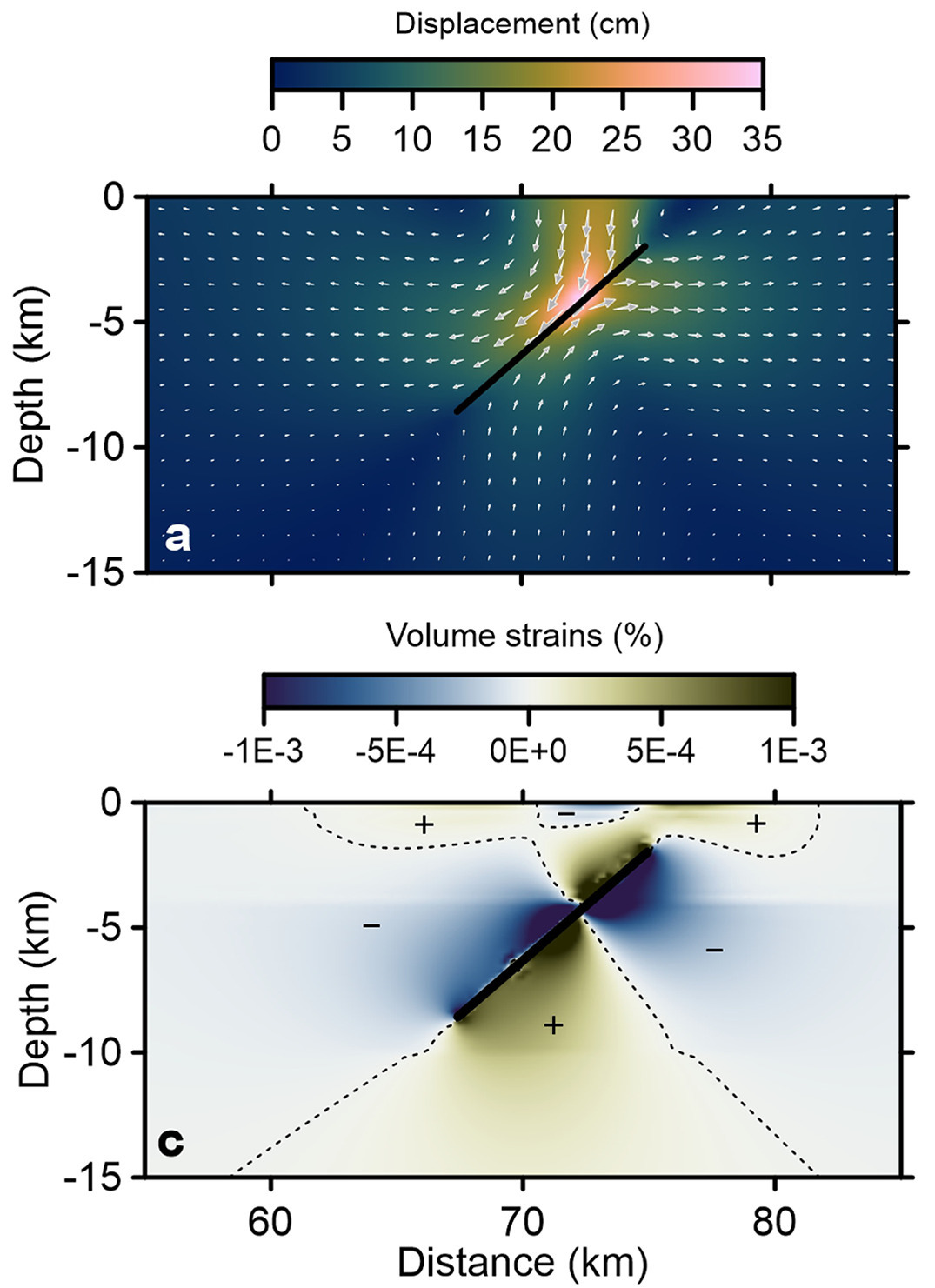
The unscientific colour map
rainbow (a.k.a. jet)
Is not readable with most forms of colour-vision deficiencies. Is not readable when printed in black & white. Is perceptually highly non-uniform (different parts of your data are weighted differently) Is perceptually not ordered. Hides low-amplitude features in the cyan-green part. Produces strong artificial boundaries to your data.
Scientific colour maps
In-use examples of early-adopters
Early adopters of novel methodologies, or here the Scientific colour maps, are rare, but critically important and truly invaluable to bring more widespread change.
Here are figures of some of these early adopters that have been published early on.
























